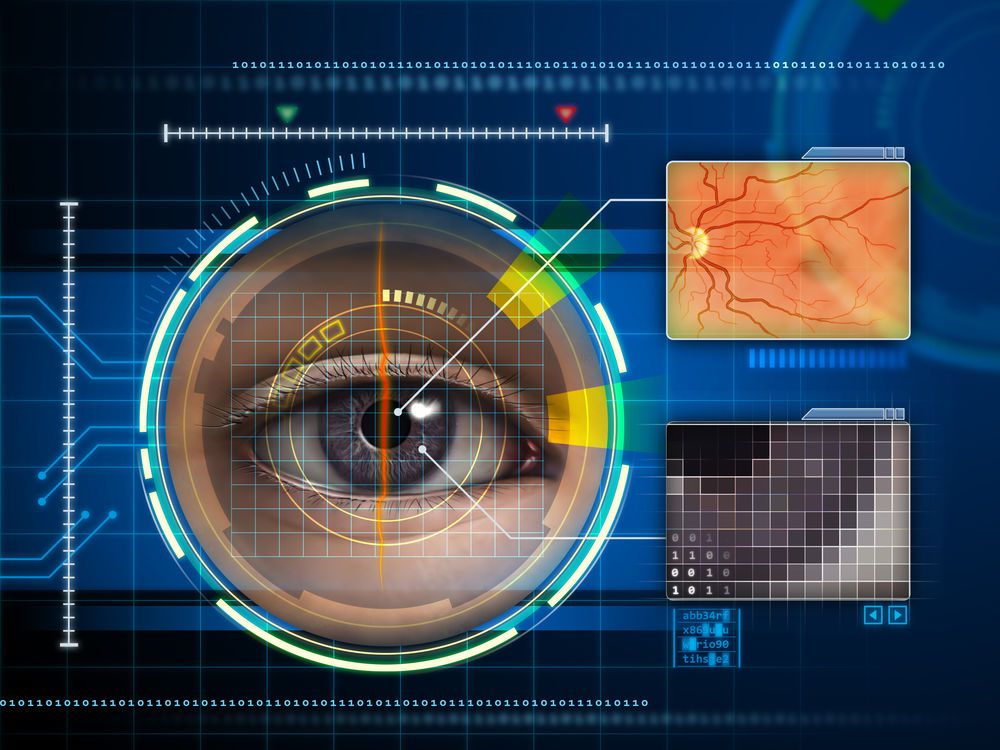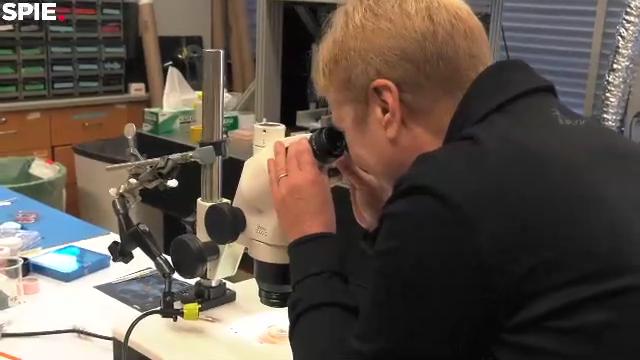Check out my new story for Vice Motherboard on the top things to look out for in 2017: http://motherboard.vice.com/read/five-scientific-trends-2017 #transhumanism
Neural prosthetics, driverless cars, geoengineering and more.

Check out my new story for Vice Motherboard on the top things to look out for in 2017: http://motherboard.vice.com/read/five-scientific-trends-2017 #transhumanism
Neural prosthetics, driverless cars, geoengineering and more.


This could be a huge deal, a game changer even.
Definitely research to follow closely.
University of Virginia School of Medicine researchers have discovered a rare and powerful type of immune cell in the meninges (protective covering) of the brain that are activated in response to central nervous system injury — suggesting that these cells may play a critical role in battling Alzheimer’s, multiple sclerosis, meningitis, and other neurological diseases, and in supporting healthy mental functioning.
By harnessing the power of the cells, known as “type 2 innate lymphocytes” (ILC2s), doctors may be able to develop new treatments for neurological diseases, traumatic brain injury, and spinal cord injuries, as well as migraines, the researchers suggest. They also suspect the cells may be the missing link connecting the brain and the microbiota in our guts, a relationship that has been shown to be important in the development of Parkinson’s disease.
Now you can turn your smartphone into an eye doctor.

Nice.
(NaturalNews) A diagnosis of amyotrophic lateral sclerosis (ALS), commonly known as Lou Gehrig’s disease, was once considered a death sentence, but advanced automation technology is offering new hope to sufferers of the rare condition.
Most ALS patients eventually face an extremely difficult choice: either die from the lack of ability to breathe once the disease progresses or undergo a tracheostomy and spend the rest of one’s life on a ventilator – unable to move or speak.
Less than 10 percent of ALS patients choose the second option, but one man who suffers from the disease is helping to develop a viable third option: an opportunity to lead a relatively independent and mobile existence with the help of automation technology that can respond to head and eye movements, or even brain waves.

A man with deadly brain cancer that had spread to his spine saw his tumors shrink and, for a time, completely vanish after a novel treatment to help his immune system attack his disease — another first in this promising field.
The type of immunotherapy that 50-year-old Richard Grady received already has helped some people with blood cancers such as leukemia. But the way he was given it is new, and may allow its use not just for brain tumors but also other cancers that can spread, such as breast and lung.
Grady was the first person to get the treatment dripped through a tube into a space in the brain where spinal fluid is made, sending it down the path the cancer traveled to his spine.

Research from Linda Griffith’s laboratory group at MIT will be presented at SPIE Photonics West 2017.
The traditional path for most drugs is to start in a petri dish containing a single cell tissue culture, move to small animals such as rodents then on to primates, and finally on to clinical trials in humans. Along the path, every step could encounter results that deem the drug a failure and not suitable for the desired outcome.

In Brief
Engineers from Tufts University have just created a new, versatile material that could be optimized for a number of purposes, particularly within the medical field. The material was constructed out of special proteins called silk fibroins, and it can be programmed for specific biological, chemical, or mechanical tasks. The study was published online in Proceedings of the National Academy of Sciences (PNAS).
The team used water-based fabrication methods inspired by protein self-assembly to produce 3D bulk materials from silk fibroin. Fibroin, the structural protein that gives silk its durability, was chosen because it allowed for the easiest manipulation of the resulting substance’s form, as well as smoother modification of function. It’s also completely biodegradable.

A Harvard research team led by biologist Douglas Melton has retracted a promising research paper following multiple failed attempts to reproduce the original findings.